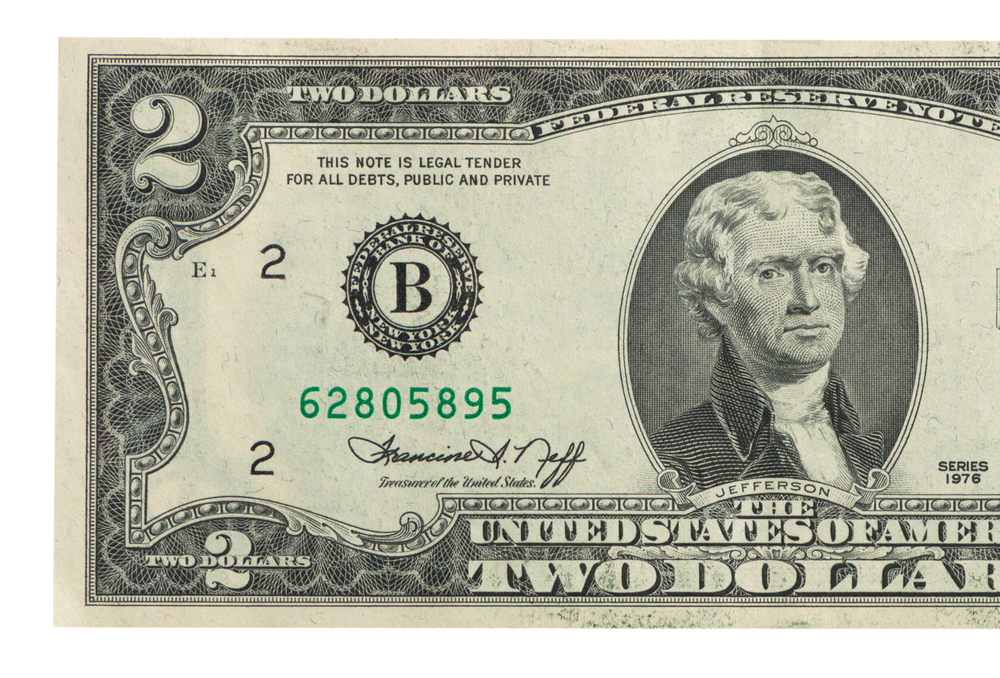In Europe, if you hand someone a 2 euro coin no one will bat an eyelid. Yet in the USA if you hand someone a $2 note people will either react with excitement and probably keep the note forever or such surprise that they will suspect a fraud. The relationship between the US and the $2 denomination compared to everywhere else in the world is a strange anomaly that deserves to be explored.
In New Zealand, the $2 coin is the most minted of all coins in the country with 12,200,000 minted in 2019 alone. This places it above the $1 coin with 10,000,000 minted in 2015. In Europe too the $2 coin is very popular among consumers and very common to see. It makes sense, most transactions are over $2 and it helps people to have less change in their pocket. It is for this reason that a number of countries have actually started to get rid of 1 and 2 cent coins.
Why then in America is the $2 note treated with such strange behavior. It is clear it is because it is rare. Less $2 notes are printed than any other note in the US denominations. The last series of $2 notes were printed in 2003 and as of April 2007, there was only $1.5 million dollars worth of $2 notes in circulation. In an economy that prints around $750 million notes per day, that is very rare. So rare that if people come across one they consider it good luck, they will often frame it and save it for a lifetime. Some companies have been known to purposely issue $2 in their change to create excitement about shopping there, a clever marketing ploy.
Yet if the $2 provides such convenience in the rest of the world, and is enjoyed by the population of America, why then is it not printed to a higher degree. According to the treasury, they simply work on the basis of supply and demand. The $1 note is used so often in America that it appears the $2 serves no additional functionality. While a $2 coin replacing two $1 coins may provide some weight benefit, in notes the difference is minimal. It appears, for this reason, the anomaly will continue.





